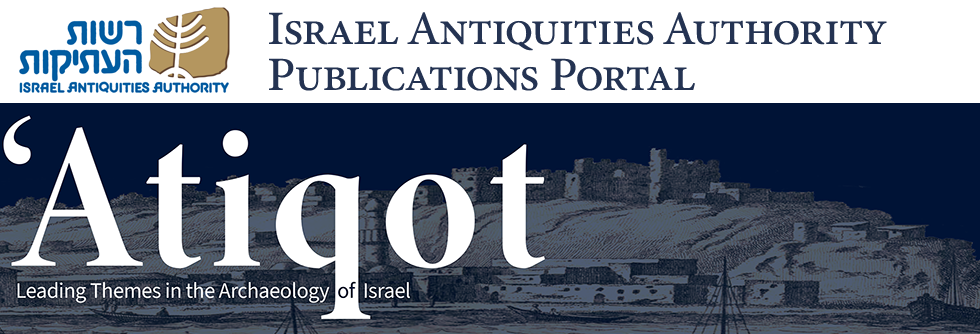Abstract
Three Intermediate Bronze Age wicks discovered in the Newe Efrayim cemetery constitute some of the earliest known archaeological evidence of wick use, an essential object for lighting, yet lacking distinctive features, as it was intended to be burned, making it a rare find. The exceptional preservation of the wicks sheds light on both preservation issues and the technological aspects of wick production in antiquity. The wicks were made from textiles, indicating the maximal reuse of a valuable raw material after it had served its original purpose. These finds offer evidence of material recycling in the ancient world. It is likely that only in the final stage of a textile’s life, after being reused for other purposes, was it employed as a wick, a significant component in the function of oil lamps. Furthermore, the relatively large wicks made from textiles were more commonly used in bowl-type lamps like those found at Newe Efrayim.
Keywords
Intermediate Bronze Age, textiles, wicks, linen, re-use, recycling, oil lamps, Newe Efrayim cemetery
Recommended Citation
Sukenik, Naama; Maor, Yonah; Agmon, Yaniv; Elisha, Yossi; and Itach, Gilad
(2025)
"Secondary Use of Textiles for Wick Production in Light of the Finds from the Intermediate Bronze Age Cemetery at Newe Efrayim,"
'Atiqot: Vol. 118, Article 4.
DOI: https://doi.org/10.70967/2948-040X.2316
Available at:
https://publications.iaa.org.il/atiqot/vol118/iss1/4
Included in
Agriculture Commons, Biblical Studies Commons, History of Art, Architecture, and Archaeology Commons

